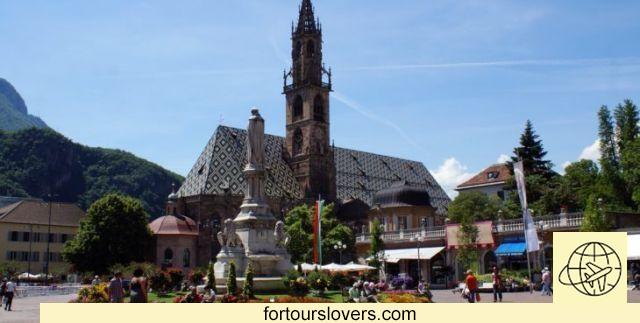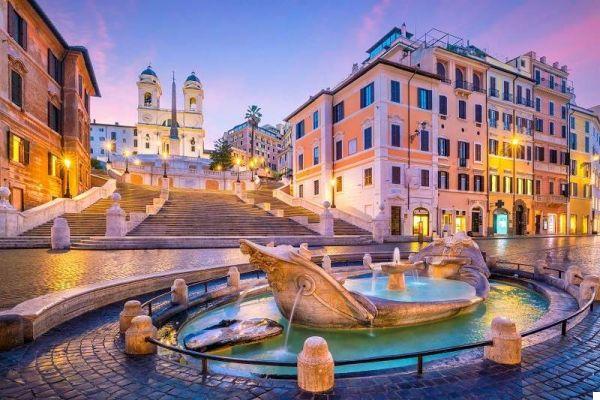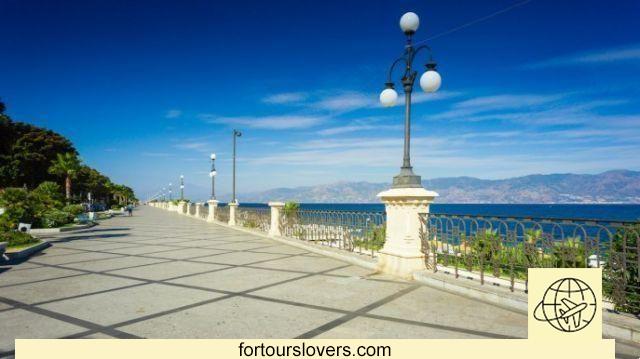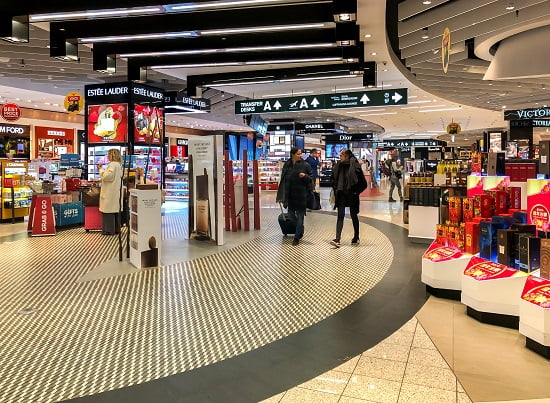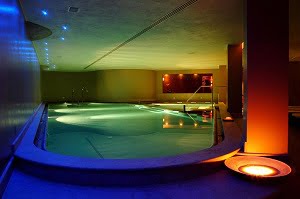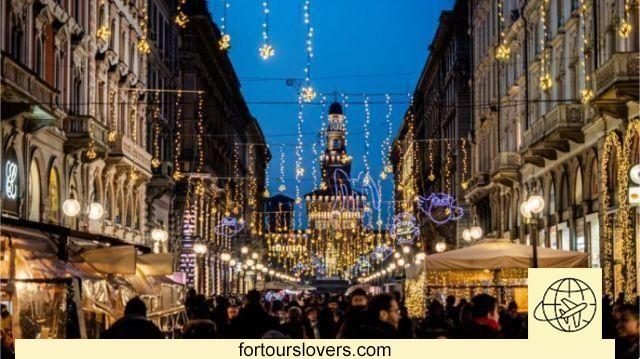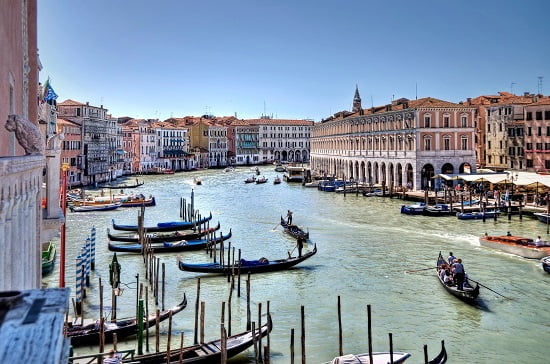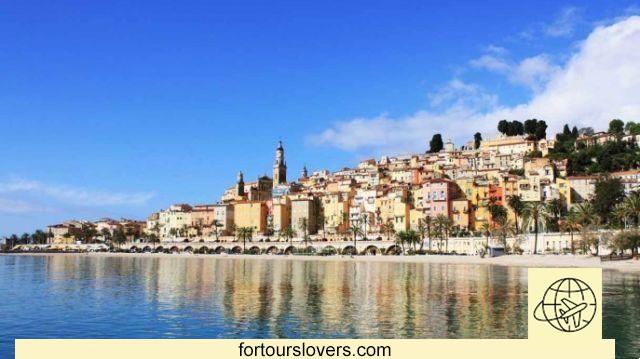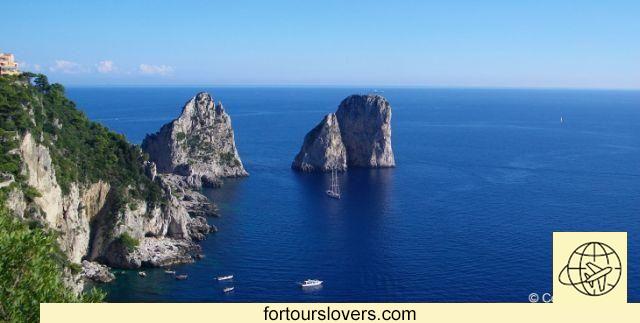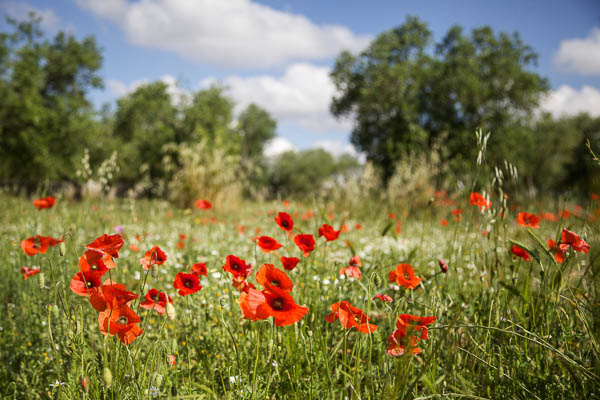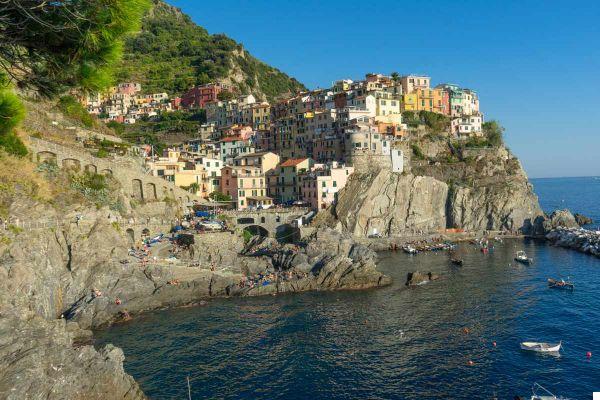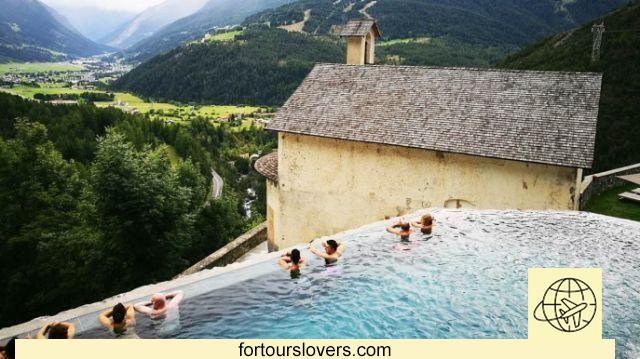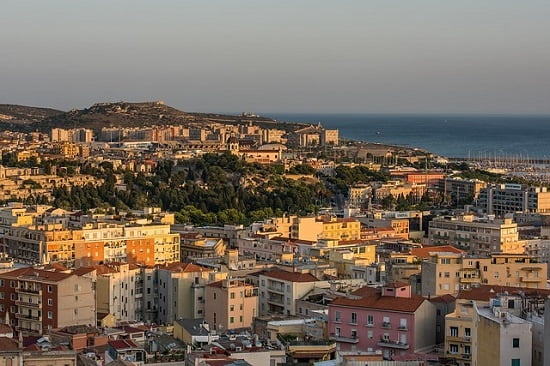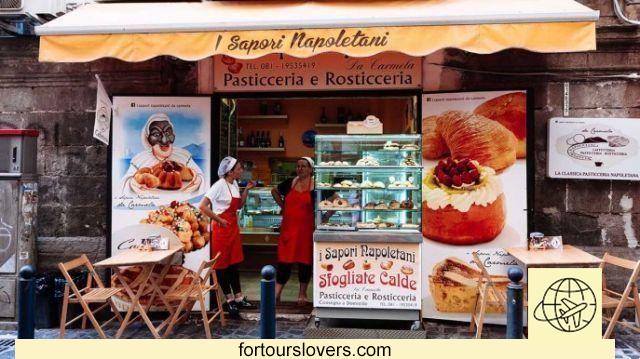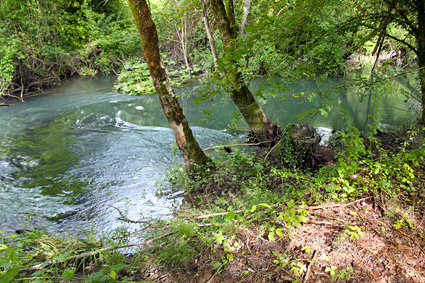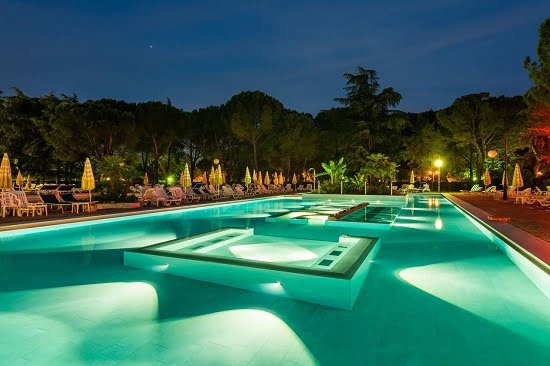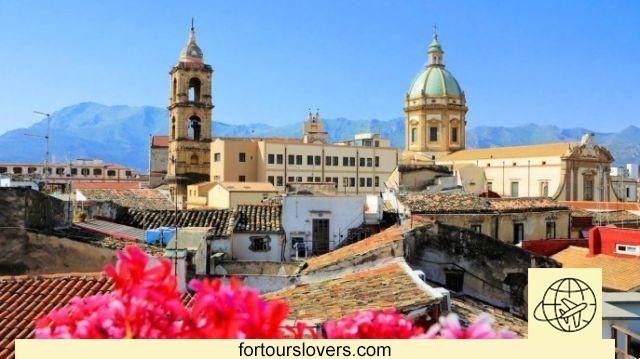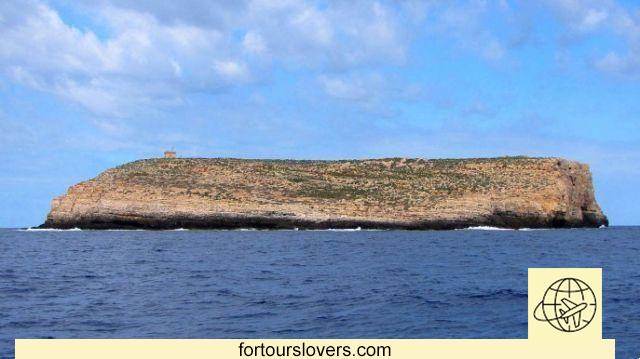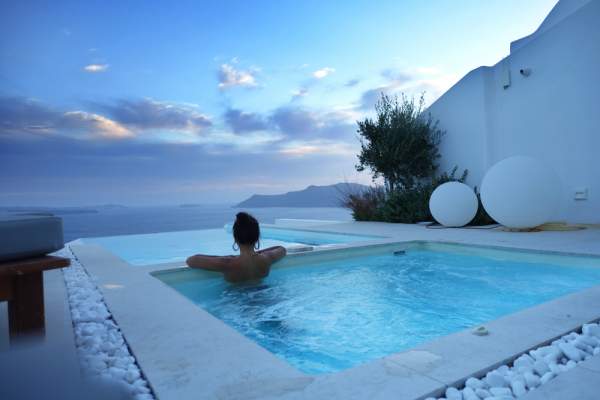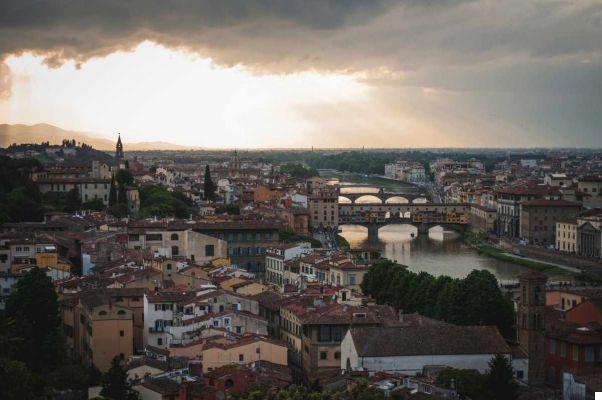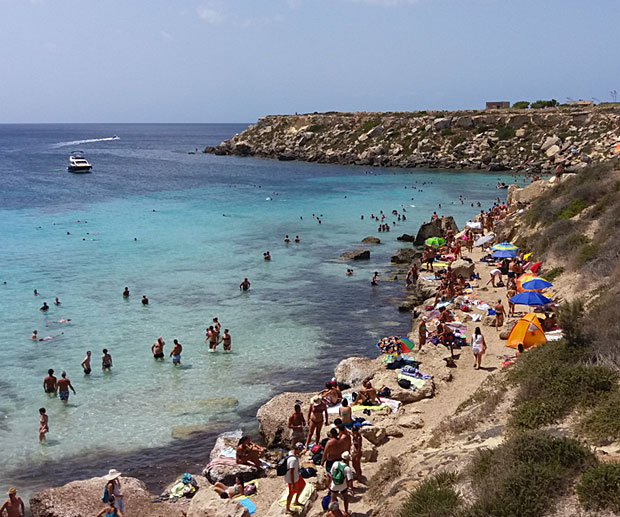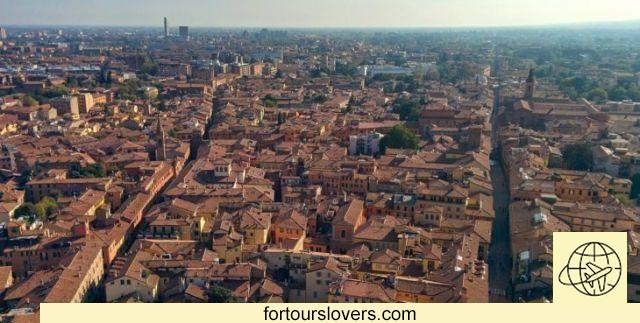
Bologna
13 things to do and see in Bologna and 1 not to doThere are those who wrote that Bologna is "comfortable","oily"And"learned". In other words, it is a city where you can move easily on foot (but also by bicycle and by public transport); where you eat great; and above all full of stimuli and cultural attractions, to the point of being included in 2006 in the special list of "Unesco Creative Cities ", a list that includes all those territories that focus on creativity in the artistic field for the economic and social growth. So comfortable shoes and off to the discovery of the arcades, towers and hidden corners of the city more "red"Of Italy. Happy reading.
1 Piazza Maggiore
The place where in the Middle Ages met on people and it was done market. Above all, a place conceived from the beginning (Thirteenth century) to become the emblem of the Bologna. A recurring urban scheme in the Italian municipalities, just think of what Piazza del Campo represents for Siena. And, to confirm what we are saying, just like in Piazza del Campo, also around Piazza Maggiore in Bologna there are the main historic buildings in the city: Town Hall, Palazzo del Podesta, Re Enzo Palace, Palazzo dei Bianchi in fact they surround this square which became "Maggiore" only after the end of the Second World War. In the center, there is a pink granite pedestrian platform nicknamed "the crescentone", Built in 1934, XII year dell 'he was a fascist. On April 21, 1945, the day of the liberation of the city, a American tank damaged a part of this pedestrian area with its tracks. However, all the administrations that succeeded each other from the post-war period to today have been careful not to repair the damage that continues to stand there in undying memory of the price paid for the liberation from nazi-fascism. Finally one curiosity. Piazza Maggiore is not there "Piazza Grande" sung by Lucio Dalla. To put an end to a misunderstanding that went on for years, Giorgio Baldazzi, the author of the text who, following the death of the Bolognese singer, reiterated that it was the youngest Piazza Cavour.
2 The arcades
Bologna is unique. In fact, there is no other city in the world that has a porch system so extensive: 40 kilometers which become more than 50 considering the arcades outside the city center. Not surprisingly, in 2006, the arcades were included in the "Tentative List" of the candidate sites for UNESCO protection. A project that, beyond the municipality, sees the Metropolitan city Region and Ministry for Cultural Heritage and Activities, main interlocutor with theUnesco Heritage Office. A complex process, not yet concluded, which leverages the combination of the architectural, legal and environmental factors that determined the unique urban outcome. The arcades were in fact born in Middle Ages to accommodate the growing urbanization of the city. A phenomenon mainly due to the presence ofUniversity. And the arcades have always remained faithful to this need over time, assuming a paradigmatic role of development of social relations: unlike the squares, in fact, the arcades guarantee continuity to exchanges and relationships regardless of weather conditions. That said, they are also beautiful. Just to name two: the quadriportico of the basilica of Santa Maria dei Servi in Strada Maggiore (the widest), and that of archbishop's palace (the highest).
3 The Towers
"Tourist or Bolognese, the view from the top of the Asinelli Tower is priceless". This is just one of thousands of online comments on the tower symbol of the city of Bologna. A judgment in line with the most authoritative ones expressed, many years earlier, by Goethe and Carducci who also praised the vast panorama that can be admired from the 98 meters (498 steps!) of the top of this square tower. Beside the Asinelli Tower, the contemporary (1109 - 1119) Garisenda Tower which is roughly half of the other. Both are part of a medieval construction plan of wall fortresses that they essentially had defensive function: indicate the origin of the dangers in order to prevent them or, at least, intervene promptly. Alongside this practical function, however, there was another symbolic, equally important: in the Bologna of the Middle Ages, the towers were detectors of the status reached by the owner families. Also for this reason there were more than a hundred in the city, of which, in the centuries to come, only about twenty have survived.
Asinelli Tower
Timetables:
>> summer 9.00 - 18.00
>> winter 9.00 - 17.00
Entrance: 3,00 € uro
Garisenda Tower: not open to visitors
4 Fountain of Neptune
To render the majesty of the work we can start with some anecdotes that concern you: the first has to do with the size of the genitals of the "Giant“, As the Bolognese call the statue of sea god. The sculptor who made it, the Flemish Jean de Boulogne from Douai, he wanted them to be larger, proportionate to the more than 3 meters high of the statue. Obviously he served the opposition of the local church that had commissioned the work, but he did not lose heart. Giambologna, as the artist had been nicknamed, made sure that from a certain perspective the thumb of his left hand seemed to emerge from the lower abdomen like an erect penis, so as to confuse the distracted observer. The second curiosity, on the other hand, it is much more recent than the first (the work is from 1566) and has to do with a detail rite of Bolognese university students who, on the eve of an exam, usually turn counterclockwise twice around the fountain. A superstitious gesture, also linked to Giambologna. Such, it seems, was the artist's reaction upon learning of the news that he would have been the one to create the sculpture that surmounts the fountain (created, instead, by the Palermo architect Tommaso Laurenti). The fountain of Neptune is located in front Re Enzo Palace, in Piazza Maggiore.
5 Museum of History
Opened in early 2012, the History Museum it is located inside a historic residence of the city, which until 1910 belonged to Pepoli, the first family to govern Bologna at the time of the lords. It is a global and interactive museum which in addition to documenting local history is full of references to other museums in the city. In some respects, a "museum of museums"Where all the preparatory information for visiting the other museum spaces of a city which, as we mentioned at the beginning, has made the artistic-cultural development one of the most important assets of its economic growth. For opening days, times, the subdivision of the visiting rooms: www.genusbononiae.it
6 The Sanctuary of the Madonna di San Luca
Getting home for the Bolognese means seeing the Colle della Guardia, the promontory on which the Basilica of San Luca stands. This anecdote would be enough to explain the attachment that binds the city to the sanctuary, whose first construction dates back to the XNUMXth century. It would be enough, but there are really many stories to tell, that we cannot help but mention a few. Three in particular: the first has to do with the foundation of the sanctuary. Legend has it that a Greek hermit, on a pilgrimage to Constantinople, was given a painting of St. Luke the Evangelist from the priests of the basilica of Santa Sofia. Task of Theocles - this is the name of the pilgrim - to bring the effigy to Italy in an unspecified Monte della Guardia. Once in Rome, Theocles learned that the mountain was located in Bologna and so he continued his journey to the Emilian city, where he was welcomed by the city authorities and the icon of the Virgin and Child brought to the mountain. The second story dates back to 1433, the year in which the canvas with the Beata Vergine di San Luca was carried in procession along the streets of Bologna to invoke the end of spring rains that were putting the crops at risk. The miracle worked, the rains stopped, and the Sanctuary met with new popularity after years of relative decline. Third and last anecdote, the long one human chain who in 1677 collaborated in the construction of the uphill portico leading to the sanctuary. A collective work in which thousands of Bolognese took part, decisive in the realization of what is absolutely the longest porch in the world. Just under 4 kilometers per 666 arches e 15 chapels that start at door Zaragoza in the historic center of Bologna. As for the church, the one we admire today was almost entirely built during the XNUMXth century. Of baroque taste was elevated to the rank of Basilica Minor da Pius X in 1907.
Winter times: 07.00-12.30 and 14.30-18.00
Summer times: 07.00-12.30 and 14.30-19.00
Open on Sundays.
The closing of the main access gate to the square takes place automatically at 19.10.
7 Basilica of San Petronio
The church where on February 24, 1530 Charles V he was crowned Emperor of Holy Roman Empire and where, 17 years later, in 1547, the IX and X session of Council of Trent, fundamental passage of the Counter-Reformed Catholic Church. These historical facts explain the importance of the Basilica of San Petronio, bishop of Bologna from 431 to 450 as well as, subsequently, citizen patron. It is therefore not surprising that the intentions of Arduino degli Arriguzzi, the architect commissioned in 1514 to complete the works begun at the end of the fourteenth century (1390) there was the intention to exceed in size the church of San Pietro in Rome. At least that's the legend, according to which it was Pope Pius IV to stop this ambition by soliciting the works for the construction of theArchiginnasio. Few elements, but enough to understand why the Basilica of San Petronio is the most important church in Bologna. More important than the city cathedral, the Cathedral of San Pietro. That said, the Basilica of San Petronio is also a beautiful church starting from facade which, even if unfinished, remains a jewel ofgothic art. The central portal is spectacular, a masterpiece by Jacopo della Quercia with the representation of scenes fromOld and New Testament. Inside, among the many works present, we point out the presence of theorgano oldest in the world, built in 1470 and still in use today. There Basilica is open every day from 7.45 to 14.00 and from 15.00 to 18.00. For more information on the history and the works present, visit: www.basilicadisanpetronio.it
8 Cathedral of San Pietro
The history of Bologna, for centuries, has more or less faithfully followed the ups and downs of Pontifical State. It is therefore not surprising that it is a city with an important number of churches. In addition to that, already mentioned, of the Madonna of San Luca, And the Basilica of San Petronio, certainly worth a visit there too Metropolitan Cathedral of San Pietro, the city cathedral. The first building is located between the 600th and XNUMXth centuries even if the current church began to take shape at the beginning of the XNUMXth century with the works of the architect Floriano Ambrosini. Afterwards, two other architects contributed to the radical renovation of the building - Alfonso Torreggiani e Cosimo Morelli, their names - ending up erasing almost all pre-existing Gothic-Roman forms in favor of the most popular baroque taste of the time. The lower part of the facade is divided into five Corinthian pilasters. The outer ones, closed, are in correspondence with the two side naves; the three central ones, on the other hand, each with its own entrance, overlook the main nave. The central portal, larger than the two next to it, is surmounted by a pediment bearing the coat of arms of Benedict XIV, homage to the pope who had commissioned the design of the new facade from Torreggiani. Above, in the upper part, there is a large window. On the sides, two sculptures depicting St. Peter (left) and St. Paul (right). A must see there too Bell tower (the second for height, after Asinelli Tower). Inside, one bell of 33 quintals, the largest of the playable ones "bolognese“, Ie with complete rotation of the same. There are also numerous works of art: paintings, decorations, furnishings and sacred apparatus, mostly kept in the rooms of the Cathedral Treasury at the end of the left aisle.
Timetables:
>> every day 8 - 18.45
For the visit to the bell tower an offer of 5,00 € uro is required for the maintenance of the tower and the Cathedral.
The Campanile is open on Saturday (except 30/4 and 7/5/2016) from 14.00 pm to 16.30 pm and from 19.00 pm to 23.00 pm. Occasionally it is also possible to visit the Crypt, the Archaeological Area and the Treasury of the Cathedral.
9 The clock in Piazza delle Medaglie d'Oro
In Square of the Gold Medals in Bologna there is a clock stopped at 10.25 in the morning. It is not a failure, but the time when the August 2th, 1980 a bomb it exploded in the city train station leaving it on the ground 85 dead and hundreds of wounded. The most serious attack in the history of Italy for which Francesca Mambro and Valerio Fioravanti were convicted, at the time of the events very young exponents of the right subversive and still a couple in life. There are those who also hypothesize that there are other truths and plots behind that carnage which, in addition to marking the history of Italy, obviously marked that of the city where thefamily association victims of the massacre. The clock stopped due to the roar and, although, over the years, it has been put back into operation several times, in the end it was wisely decided to reset the hands to the exact time when the terrible event took place. Therefore anyone visiting Bologna will do well even if only passing through Piazza delle Medaglie d'Oro. Exercise the memory value it is never useless.
10 Museum for the Memory of Ustica
1980 was a terrible year for Italy and in particular for Bologna. About a month before the massacre of 2 August, in fact, the city was involved, in spite of itself, in another tragic event: theshooting down, off Ustica, of the DC9 bound for Palermo. That plane with on board 81 people, among which women e children, had started fromGuglielmo Marconi airport with two hours late compared to the scheduled time and should have landed in the Sicilian capital by 21.15. And instead we all know how it ended, or rather we do not know it since the judiciary has not been able to shed light on the matter. A mystery, yet another, of post-war Italian history; a mystery on which, however, the city of Bologna has decided not to postpone by hosting the Museum for the Memory of Ustica. It is a'permanent installation by the French artist Christian Boltanski which shows the wreck of the DC9 in an evocative frame of the 81 innocent victims, who died due to a real act of war whose contours, however, have never been fully clarified.
Timetables:
>> Friday, Saturday and Sunday from 10.00 to 18.00
Summer openings (1 July - 18 September 2016)
>> Friday, Saturday and Sunday from 17:00 to 20:00
For more information visit: www.museomemoriaustica.it
11 Ice Cream Museum
Ad Anzola dell'Emilia, a town of about 12.000 souls in the province of Bologna, there is definitely a museum sui generis. We are talking about the "Ice Cream Museum"Inaugurated in 2012 by the historic company Carpigiani with the successful intention of making it a “cultural center of excellence for understanding and deepening of History, Culture and Technology of Artisan Gelato". From the first ice preservation techniques, to the birth of the ice cream maker up to the technological evolutions of the moment, the "Carpigiani Ice Cream Museum”Literally takes the visitor by the hand and by the throat. A fanciful attraction that undoubtedly fits in an ideal list of things to do and see in and around Bologna. The Carpigiani Gelato Museum is open from Tuesday to Saturday from 9.00 to 18.00. For access to laboratories and for guided tours the booking. Site to consult: gelatomuseum.com
12 Enzo Ferrari Museum and Ferrari Museum
THEEmilia Romagna è land of motors. Ducati, Lamborghini e Ferrari they are a source of pride for the region and the whole of Italy. TO Modena there is the museum dedicated to Enzo Ferrari, historical founder and patron of the prancing Horse. As it says on the site, the one dedicated to this man, creator of a planetary sporting epic, "is not a museum but an engaging and exciting show" where they mix history, architecture e technology. To Maranelloinstead, there is the Ferrari Museum itself, with apermanent exhibition dedicated to formula 1 and ai World Championships, more diverse thematic rooms to understand how a Formula 1 driver trains and drives in a race. Convenient Shuttle Service starting from the car park of the Enzo Ferrari Museum, it regularly connects the two structures. More info on their respective sites: museomodena.ferrari.com/it and museomaranello.ferrari.com/it
13 Mortadella and other delicacies of Bolognese gastronomy
from mortadella to the squacquerone (cheese from Romagna, spread throughout the region), passing through the tortellini, noodles and lasagne (strictly handmade) up to lambrusco, the Bolognese cuisine, but more generally that of Emilia Romagna, is one of the tastiest in Italy. Tasty and flavorful with sausages, cold cuts e meat that are the masters over everything else. That said, what has already been said for Rome and Florence is valid for Bologna: watch out for traps. It is a young and cosmopolitan city and therefore you need to know where to go to find the "tradition", the authentic one. There is no shortage of targeted advice and suggestions online.
1 Do not show off valuables in certain areas of the city
It is a constant of all major cities. In some areas it is better do not attract too much attention, avoiding wearing valuable necklaces, bracelets and watches. Bologna is like this too: the dangers should not be emphasized, but it is good to know that they exist. As during the famous "La Piazzola" market not far from Montagnola Park (in the picture). Every Friday and Saturday the market, which takes place in Piazza Otto Agosto, is filled with the most varied street vendors and merchandise: the people are many, the traders are friendly, but malicious on duty pointing to the wallet and / or handbag. Don't worry though. Just a few precautions, a little more attention, and nothing happens. Indeed, in spite of the enumeration among the "things not to do" you can easily go there. Long live Bologna!




